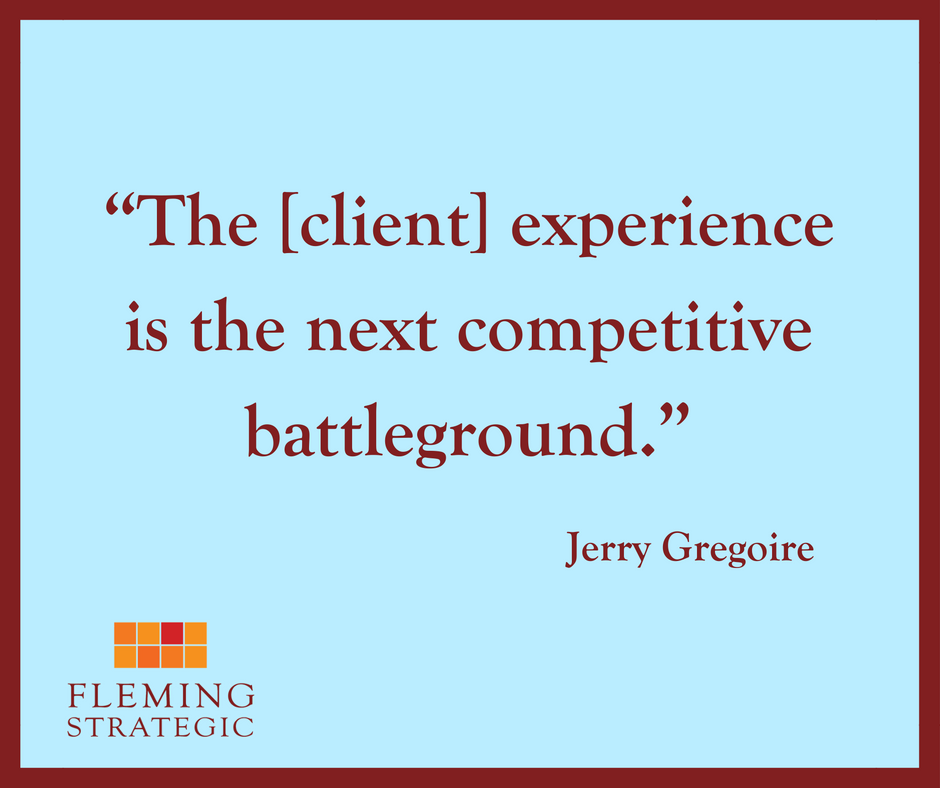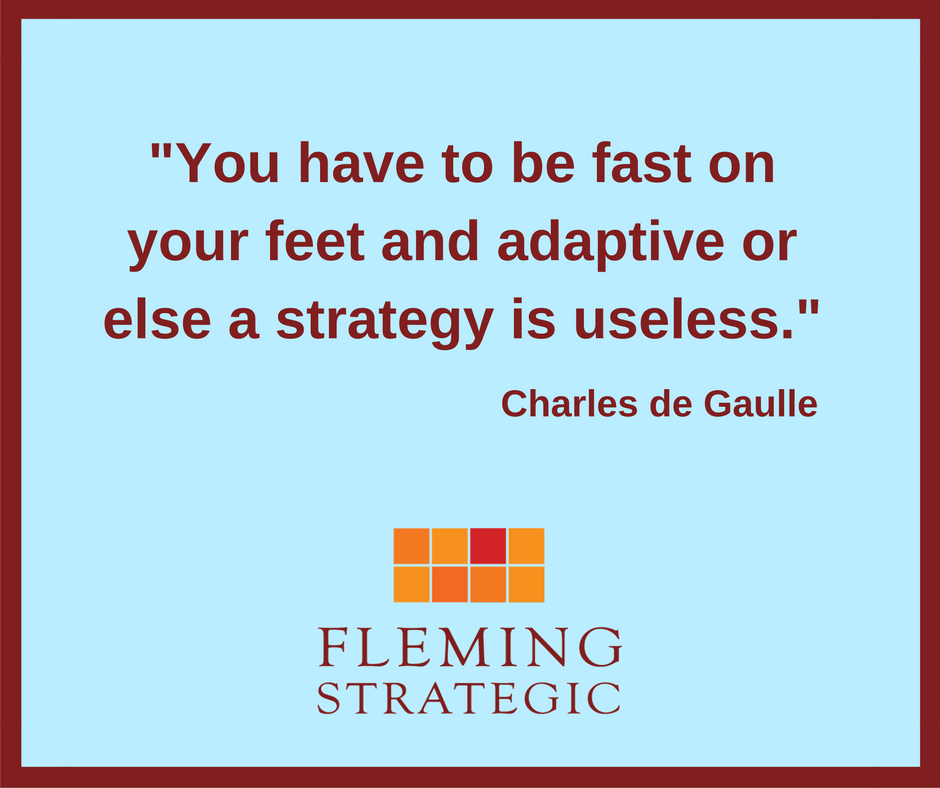Client satisfaction isn’t enough.
Things certainly have changed since the pre-recessionary days of the early 2000s. We can name some of the changes easily: more competition, more attention to and negotiation of fees, less day-to-day work distributed to outside counsel, more effort to use technology to make legal work more efficient in both time and money.
When I speak with a lawyer who’s interested in becoming a private client, one of the things I probe around is what distinguishes him or her from other lawyers in the same kind of practice. The answers usually revolve around past experiences of some kind, enhanced skill, or lower fees due to increased efficiency or a better fee structure. No doubt those factors are important. But because just about every lawyer highlights some version of the same distinguishing factors, they may not be particularly unique or appealing.
You know what makes Amazon different from other retailers? Lower prices, sure. But more importantly, the customer experience. Let’s look at three phases of the experience:
- Finding the product I can place an order in multiple ways. I can type a product name or description, I can scan a product’s UPC, I can take a photo of the desired product using my smartphone and search for it, I can dictate the name of the product I want to buy, or (at least in some cases) I can hit a pre-programmed button to reorder common goods. Ordering is easy.
- Receiving the product Because I’m a member of Amazon Prime, I can have almost anything I want delivered in two business days. Sometimes my order is available for delivery on the same day at no extra charge. I can track the delivery, and in those rare instances in which a package doesn’t arrive as promised, Amazon will send a replacement at no additional charge. It’s easy to get what I want from Amazon.
- Returning the product If I don’t like the product I receive or if I’ve simply changed my mind, returning it is typically as simple as making a few clicks and printing a return shipping label. I don’t even have to take the package to a shipper: UPS will pick up the package from my home or office. So easy!
It’s easy to do business with Amazon, so I do a lot of business with Amazon.
Would your clients say it’s easy to do business with you? Do you let them know what to expect in your work together, both substantively and procedurally? Is it easy for them to reach you? If you’re unavailable, is it easy for them to reach someone else on your team? Is it easy for them to receive and pay your invoices? And beyond easy: is it pleasant to work with you? The simpler your make your client’s experience, the better your client is likely to feel about working with you.
How can you improve your clients’ experience?


